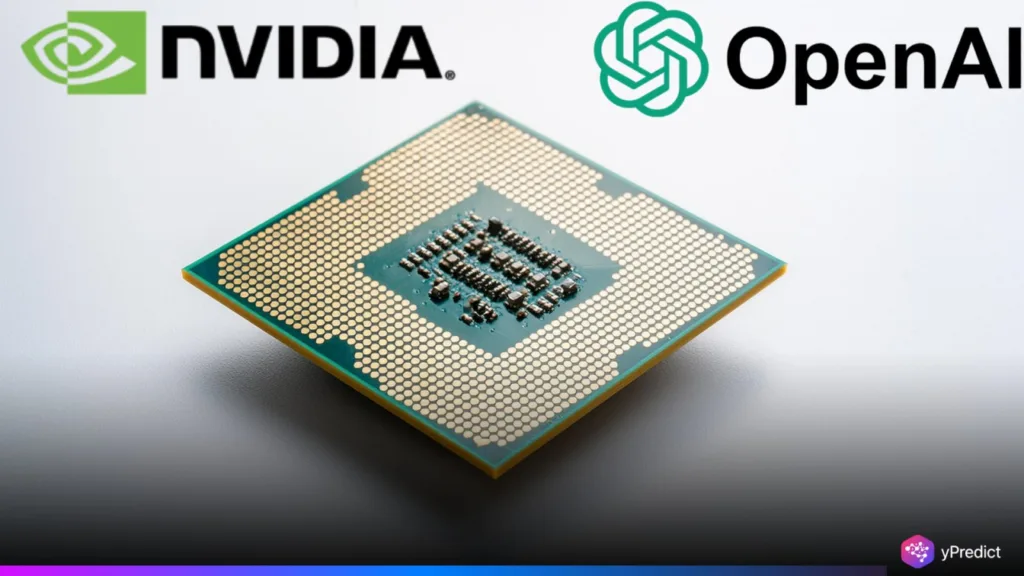
OpenAI has taken a bold step in reshaping global AI infrastructure by launching Stargate Norway, a $1 billion data center project in Narvik. This marks OpenAI’s first European venture under the OpenAI Stargate initiative, positioning the company at the heart of Europe’s AI push. Powered by 100,000 Nvidia chips, the facility aims to balance immense computing power with sustainability, using Norway’s surplus hydropower. The move directly addresses Europe’s AI compute gap, which remains significant despite its research talent advantage. The project highlights a strategic pivot toward decentralizing AI infrastructure away from U.S. dominance.
Europe’s AI Leap Starts in Norway
The Stargate Norway project has a goal of production capacity of 230MW by the year 2026, scalable up to 520MW. In contrast to conventional data centers, this facility uses liquid cooling and 100% renewable power from Norway’s hydropower network. This strategy is in concurrence with a 2024 Nature Energy study, which establishes that hydropower can decrease data center carbon emissions by as much as 70% when compared to fossil fuel-based options.
OpenAI is undertaking this project in a 50/50 joint venture with Nscale and Aker ASA, the former of which is well known to be keen on green industrial change. Norway’s stable political environment, surplus electricity, and cool climate make it a favorable base for high-performance AI operations. The use of Nvidia chips at this scale not only boosts AI training capacity but also helps Europe reduce its dependency on external computing resources.
Tackling Europe’s Compute Deficit
The launch of OpenAI Stargate in Norway reflects growing concern over Europe’s fragmented compute infrastructure. A 2023 EU report found that although Europe enjoys a 30% advantage in research ability, there is a 50% deficiency in computing facilities in comparison to international rivals. This disparity has hindered European AI development and driven dependence on American platforms.
Investing a large amount in Norway, OpenAI bridges this gap while abetting the general EU vision of sovereign AI. The facility counters years of stagnation in European AI infrastructure, bringing high-capacity AI compute to a region eager to assert technological independence. Norway’s role in this shift repositions the continent in the evolving global AI map.
Geopolitics Fuel Infrastructure Shift
Opening Stargate Norway also speaks to shifting geopolitical activity. The 2025 retrospective lifting of Nvidia’s export bans on its chips to China attracted much attention, not least when, seemingly contrary to official export controls, $1 billion’s worth of Nvidia chips was allegedly smuggled into China. An investigation by Reuters brought such gaping loopholes to light, reemphasizing fears about AI-based vulnerabilities in national security.
Sustainability as Strategic Advantage
Sustainability remains central to the Stargate Norway blueprint. Liquid cooling systems and renewable hydropower make the facility a model for low-emission AI compute. As global AI workloads increase, so does their environmental impact.
Norway’s hydropower advantage directly supports this low-carbon vision. OpenAI Stargate in Norway redefines the future of AI infrastructure. The $1 billion initiative, powered by Nvidia chips and renewable energy, not only increases Europe’s compute capacity but also rewrites the geopolitical and environmental history of AI. It’s a deliberate move to address both global tech tensions and regional infrastructure deficits.






